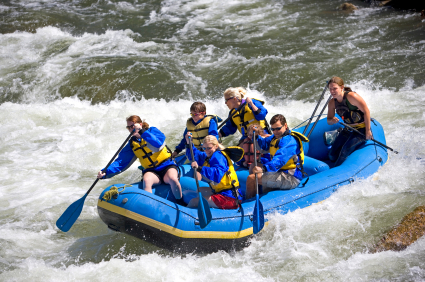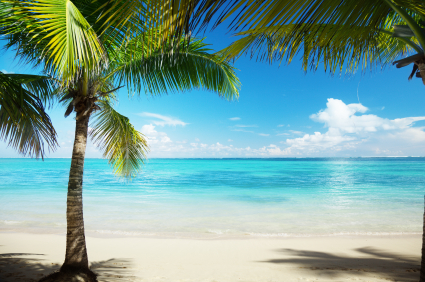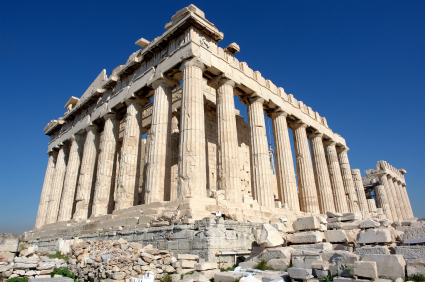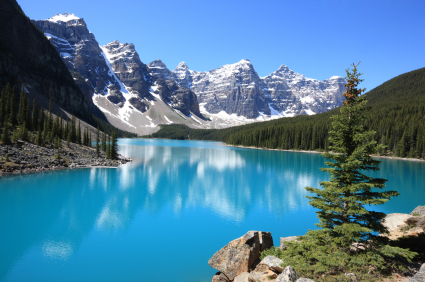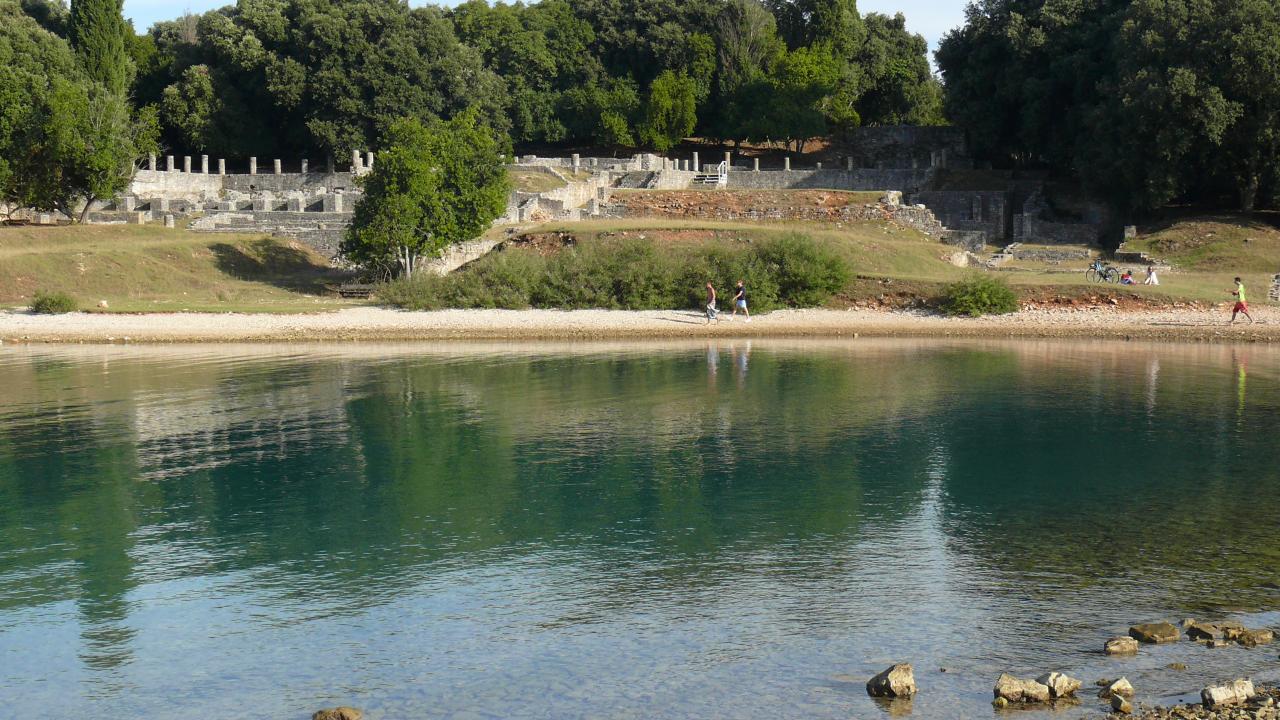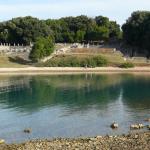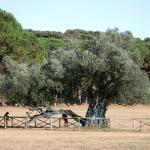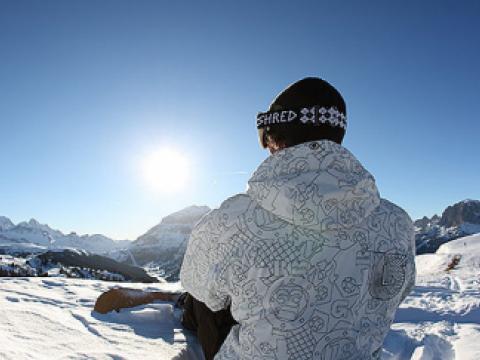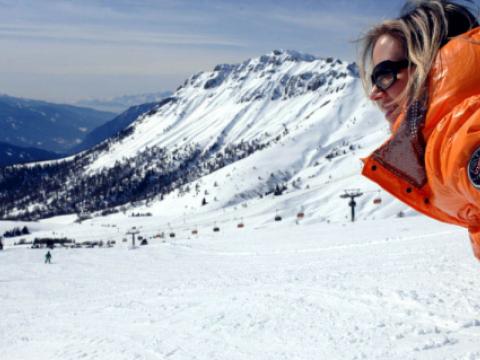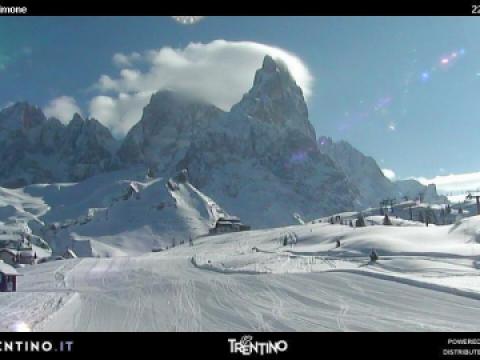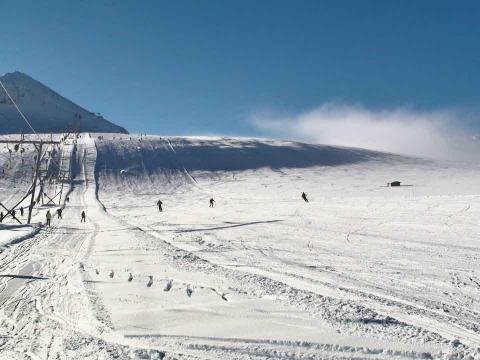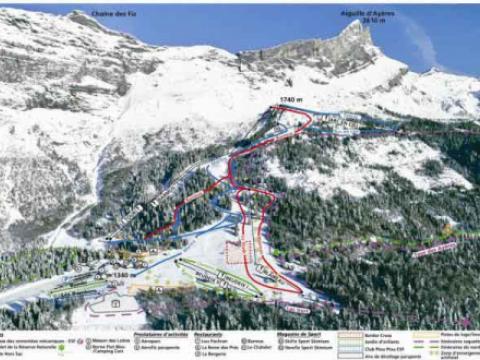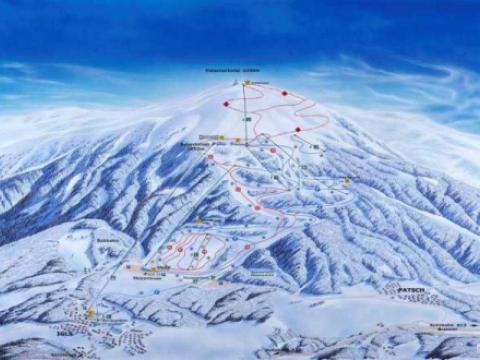Location
Brijuni is a unique archipelago of 14 islands off the coast of Croatia.
In the past the islands were home to a large number of quarries and became famous mostly as the private retreat of Tito. In 1983 however the area was being accorded national park status and opened all people. Travelling on the islands is still strictly controlled and only two of the islands, Veli Brijun – the biggest island – and Mali Brijun, home to an Austrian fortress, are open to visitors.
One of the oldest olive trees in Europe lies in the Brijuni National Park, with an age of 1600 years. The Tito Museum is also located here and you can learn more about Croatia’s recent history. If you want to relax after visiting cultural venues, you can sunbathe on one of the beaches located on the main island.
You can take the regular ferry from Fazana to the islands.
You have to pay the Island tours and the fee ranges from 125 kn to 210 kn for adults. Children benefit from half prices.

